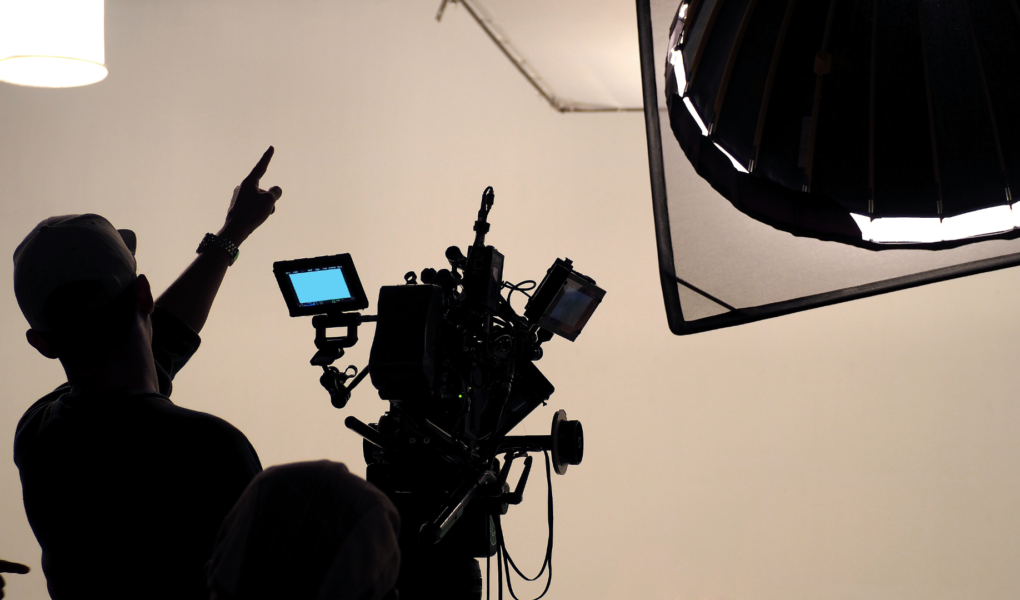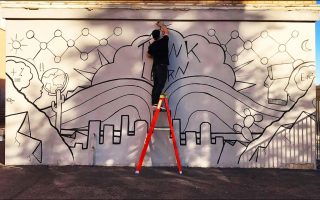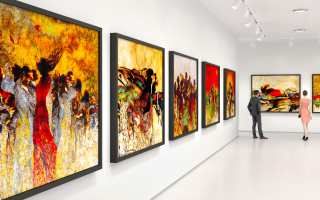When creating a film or TV show that genuinely captivates its audience, lighting plays an essential role in setting the mood and tone of each scene. Whether painting a picture with warm hues or casting a shadow over an ominous character, the right lighting design can make all the difference in bringing a story to life on screen. Join us as we dive into the fascinating world of lighting in film and television and explore how it can transform even the simplest scenes into unforgettable moments of cinematic magic. Let’s get started!
Importance of Lighting in Setting the Mood
Lighting is one of the essential elements in setting the mood for a TV show or film. It can help to create an atmosphere of suspense, mystery, or romance. The proper lighting can also make a scene more visually appealing and help to engage the viewer.
There are a few things to consider when choosing the proper lighting for a scene. The first is the time of day. Is it supposed to be daytime or nighttime? This will affect the type of lighting used. For example, if it’s supposed to be nighttime, we could use moonlight or streetlights to create a more mysterious atmosphere. The second thing to consider is the mood we’re trying to create. Are we going for something spooky or scary? Something romantic or dreamy? Once we know the mood we want, we can experiment with different types of lighting until we find what works best.
Other things to keep in mind include the colours in the scene, how they will look under different types of lighting, and the camera’s position. Lighting can make a huge difference in how a scene looks and feels, so it’s essential to take some time to experiment and find what works best for our project.
The Impact of Lighting on Character Development
In television and film, lighting can play a significant role in setting the mood and tone of a scene. It can also help develop a character’s personality and identity. In addition to its impact on mood, lighting can also be used to convey information about a character’s emotional state. For example, if a character feels sad or depressed, the lighting might be dim or have a blue tint. If a character feels happy or excited, the lighting might be bright or have a yellow tint.
Lighting can also be used to indicate the passage of time. For example, if a scene takes place at night, the lighting will be dark and muted. If a scene takes place during the day, the lighting will be bright and crisp.
Lighting as a Symbolic Device in Film and TV
Lighting is one of the essential elements in setting the mood for TV and film. It can create a sense of drama, suspense, romance, or even comedy.
Film and television directors use lighting to control the viewer’s emotions and to create a specific atmosphere for the scene. For example, if a director wants to create a feeling of suspense, they might use dim lighting and shadows to make the characters and objects appear more threatening. Conversely, if they evoke a sense of warmth and happiness, they might use bright colours and lots of light.
Lighting can also be a symbolic device within a film or TV show. For instance, blue light often symbolises sadness or death, while white light represents purity or innocence. Red light is often used to signify danger or violence. By carefully choosing the colours and intensity of the light, directors can give viewers subtle clues about what is happening in the story without spelling it out directly.
The Relationship Between Lighting and Sound Design
Lighting and sound design are two of the most critical aspects of creating a mood for TV and film. They work together to create a tense, exciting, or relaxing atmosphere. The relationship between lighting and sound design is a delicate one. The right balance of light and sound can make a scene more effective, while too much or too little can ruin it.
Lighting is used to set the tone of a scene and create an emotional response in the viewer. It can highlight critical elements, create a sense of depth, or even make a space feel more inviting. On the other hand, sound design is responsible for creating the atmosphere and providing information about the environment. It can add tension, provide background noise, or make a space feel lively. When used together, lighting and sound design can create a powerful mood for any scene.
Innovations in Lighting Technology
In recent years, many advances in lighting technology have profoundly impacted the mood and atmosphere of television and film. One of the most significant innovations has been the introduction of LED lighting, which is far more efficient than traditional incandescent bulbs and produces a much brighter, whiter light. This has allowed directors to create starker, more contrast-heavy images that are striking. Creating high-output tungsten-halogen lights, which can provide intense light from a compact fixture, is another major step ahead. This has made it possible to shoot in low-light conditions without using powerful strobe lights, which can be disruptive.
There have also been significant advancements made in the area of colour temperature control. By precisely adjusting the colour temperature of the lights used on the set, directors can create a wide range of moods and atmospheres. For example, cooler temperatures create a more tense and suspenseful feeling, while warmer temperatures can make scenes feel more comforting and inviting.
The Power of Lighting in Film and TV Storytelling
As we can see, the role of lighting in setting the mood for TV and film is essential. It can be used to create atmosphere, build tension or evoke emotion. With some creativity and knowledge of how to use light effectively, filmmakers have a powerful tool to shape the stories they tell. We hope this article has introduced the world of using light as a storytelling element in our projects.




